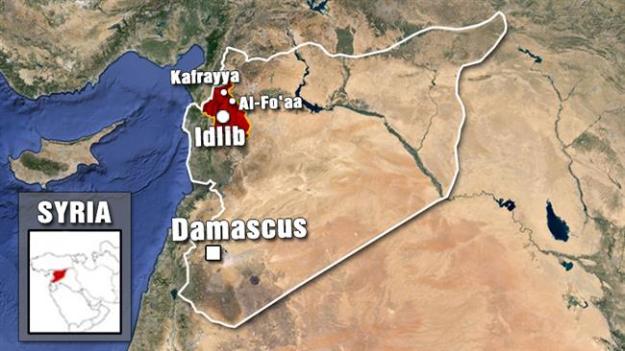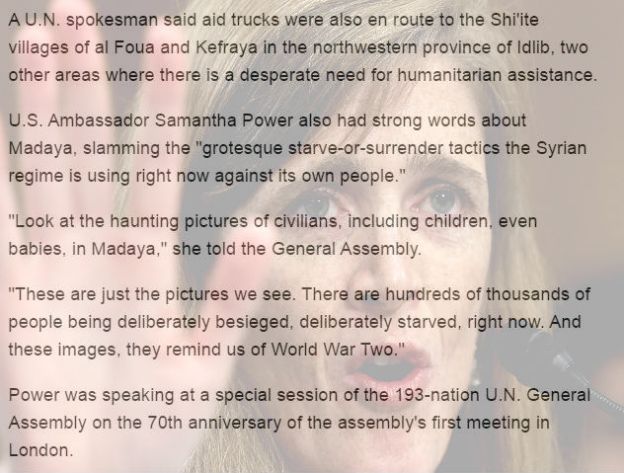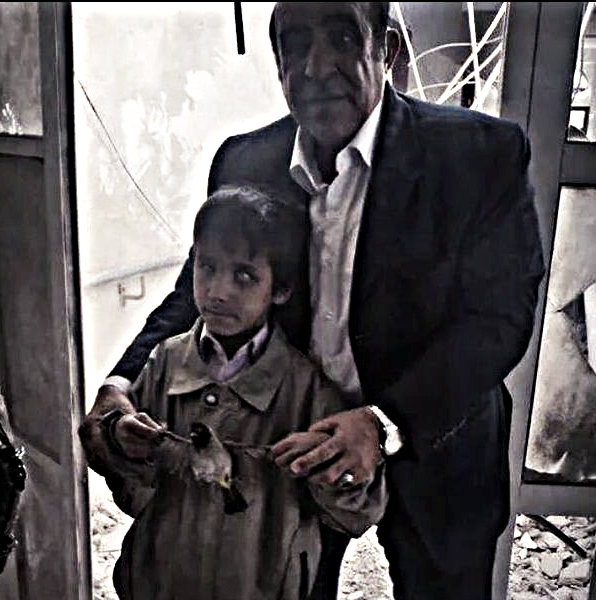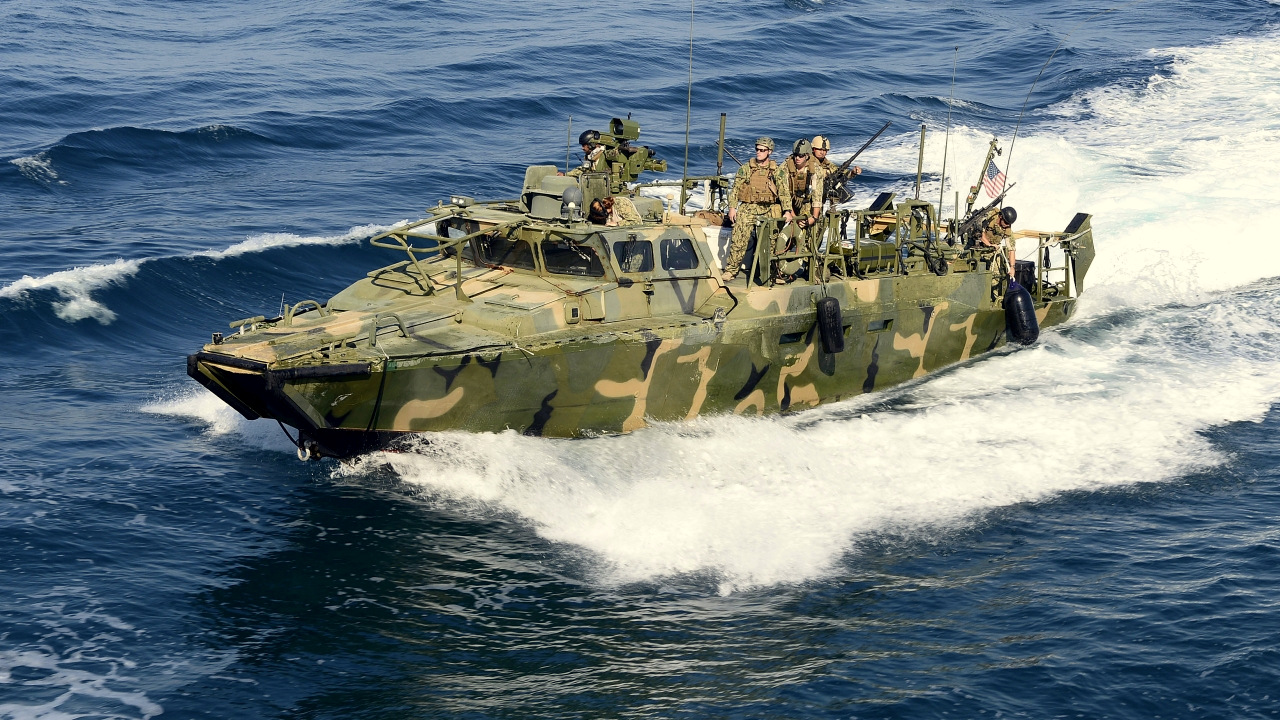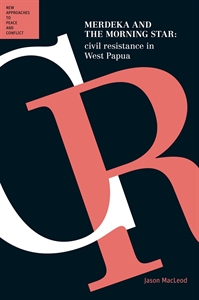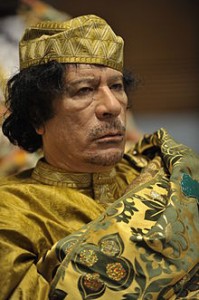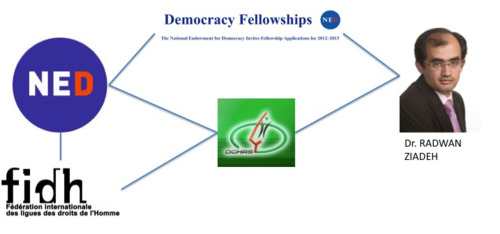This incisive article written more than five years ago examines what has now become a fait accompli: Integration into NATO, Threatening Russia, the Militarization of the Baltic States
With the expansion of the North Atlantic Treaty Organization into Eastern Europe from 1999-2009, the U.S.-led military alliance has grown by 75 percent, from 16 to 28 members.
By 2009 all former non-Soviet Warsaw Pact member states had been incorporated into NATO, the former German Democratic Republic (East Germany) being absorbed with its merger into the Federal Republic in 1990. The Czech Republic, Hungary and Poland joined NATO in 1999 and Bulgaria, Romania and Slovakia in 2004. Albania, which suspended participation in the Warsaw Pact six years after its founding, in 1961, was brought into the Alliance last year.
The 2004 expansion included seven nations in all, the three mentioned above, the first former Yugoslav republic, Slovenia, and the first former Soviet republics: Estonia, Latvia and Lithuania.
Immediately upon their accession, the United States began to employ the new members’ territory for military bases, troop deployments, air patrols and the initial stages of a continent-wide anti-ballistic missile system beyond already existing NATO plans for the bloc’s Active Layered Theatre Ballistic Missile Defence Programme.
The year after Romania was brought into NATO’s ranks, U.S. Secretary of State Condoleezza Rice signed an agreement with its government to acquire the use of four military bases in the country, including the Mihail Kogalniceanu Air Base in southeast Romania near the Black Sea which had been used two years before for the invasion of Iraq. Romanian President Traian Basescu paid his first official visit to Washington to meet with President George W. Bush, Secretary of State Rice and Secretary of Defense Donald Rumsfeld five months before the treaty was signed.
At the time the Pentagon’s acquisition of the bases was characterized as part of Defense Secretary Rumsfeld’s “strategic shift intended to place US forces closer to potential areas of conflict in North Africa, the Middle East and Central Asia.” [1] Washington had led NATO’s nearly three-month air war against nearby Yugoslavia five years before, invaded Afghanistan two years after that and launched the attack on Iraq another two years later. Three wars in less than four years and all to the east of NATO’s former area of responsibility.
The pact with Romania was the first of its kind in a former Warsaw Pact nation. It was followed the next year by a comparable arrangement with neighboring Bulgaria in which the U.S. secured the indefinite use of four military facilities, including two air bases.
This February the governments of Romania and Bulgaria announced their willingness to host components of the American interceptor missile system designed to cover all of Europe under what the White House and the Pentagon call a new phased adaptive approach.
But the first U.S. and NATO military presence in what had been Warsaw Pact member states occurred the year before the U.S.-Romanian Defense Cooperation Agreement and moreover was in former Soviet space. After Estonia, Latvia and Lithuania joined NATO in March of 2004 the North Atlantic bloc immediately began what it deems a Baltic air policing mission in the airspace of the three nations as a Quick Reaction Alert operation.
In the interim warplanes from several NATO member states – the U.S., Britain, Germany, France, Turkey, Spain, Denmark, Norway, Portugal, the Netherlands, Belgium, the Czech Republic, Poland and Romania to date – have flown what at first were three-month and are now four-month around-the-clock rotations over the three Baltic states, all of which have borders with Russia. Estonia and Latvia adjoin the Russian mainland to their east and Lithuania Russia’s Kaliningrad exclave to its west. (Northeast Poland also borders Kaliningrad.)
On September 1 the U.S. took over NATO’s Baltic air patrol with the 493rd Expeditionary Fighter Squadron deployed from Royal Air Force Lakenheath, England to the Siauliai International Airport in Lithuania where the NATO Baltic Air Policing mission is based. Four U.S. F-15C Eagle jet fighters, capable of being armed with four types of air-to-air weapons including Sparrow and Sidewinder missiles, and 120 personnel are assigned to the mission.
It is the third time American warplanes have been deployed for the Baltic air operation and the second time F-15 Eagles have been employed for the purpose.
U.S. ambassador to Lithuania Anne Derse, who came to the position from being American envoy to Azerbaijan, said as the U.S. Air Force took over from its Polish counterpart: “The (493rd has) already established a legacy of professionalism in the Baltics, and we look forward to building upon it. As all warriors know, the surest way to maintain peace is to exercise constant vigilance and rigorously prepare to meet all potential threats. The Baltic air policing mission is just one of many facets of NATO’s vigilance and preparation.” Derse didn’t indicate which potential threats the warriors were preparing to confront, but a look at a map of the Baltic Sea does.
Major General Mark Zamzow, vice commander of the 3rd Air Force based at the Ramstein Air Base in Germany, added, “Our relationship with the Baltic nations has grown remarkably since the inception of the Air policing mission.”
He was also cited claiming “a 2008 endeavor designed to provide complex air policing training has since evolved with a broader scope emphasizing a wide spectrum of air operations over Lithuania, Latvia and Estonia.” [2]
Two weeks after the U.S. warplanes and airmen arrived in Lithuania, the president of neighboring Estonia officiated over the opening of the newly expanded and modernized Amari Air Base in his nation, which the local press reported can accommodate 16 NATO jet fighters, 20 military transport planes and 2,000 troops. President Toomas Hendrik Ilves said “The construction of the Amari Air Base, which was jointly financed by the Estonian state and NATO, is a perfect expression of the solidarity between allies” [3] and that “the completion of the air base would make it much easier to bring allied troops and their equipment to Estonia in the event of a crisis situation.”
He also “underscored the fact that from 2012, when the complex as a whole is due for completion, NATO will have one of the most modern air force bases in the region at its disposal.” [4]
Estonian Air Force chief Brigadier General Valeri Saar confirmed that Baltic air policing warplanes could use the base in the future and that NATO pilots will begin to employ it for training purposes beginning in October.
Not only have NATO and the U.S. moved military personnel and aircraft into nations bordering northwestern Russia, but they have done so in flagrant violation of the Treaty on Conventional Armed Forces in Europe (CFE) negotiated in 1989 between the 16 members of NATO and six of the Warsaw Pact at the time, which mandated comprehensive limits on several categories of conventional military equipment in Europe.
The treaty was signed in 1990 and ratified the next year after the dissolution of both the Warsaw Pact and the Soviet Union, which created gray areas that the Pentagon could exploit – as it has through NATO’s eastward expansion in the interim – to station military hardware and personnel in Russia’s fellow Black Sea states Bulgaria and Romania and in its Baltic Sea neighbors Estonia, Lithuania and Poland.
The CFE pact was signed by 22 nations and ratified by 30: The 16 members of NATO, six non-Soviet former members of the Warsaw Pact and eight ex-Soviet republics: Armenia, Azerbaijan, Belarus, Georgia, Kazakhstan, Moldova, Russia, and Ukraine.
Estonia, Latvia and Lithuania are not signatories to the treaty. Neither is former Yugoslav republic Slovenia, inducted into NATO along with the three Baltic states in 2004.
In 1999 an Adapted Conventional Armed Forces in Europe Treaty (CFE-II) was signed during the Organization for Security and Co-operation in Europe summit in Istanbul by the same 30 countries that had endorsed the original.
To date only four former Soviet republics – Belarus, Kazakhstan, Russia and Ukraine – have ratified it. NATO nations have sabotaged the treaty’s implementation by linking it, without legitimate legal or other grounds, with the withdrawal of what until recently were small Russian peacekeeping contingents in Transdniester, Abkhazia and South Ossetia. What NATO refers to as the Istanbul Commitments. 1,500 Russia troops in Transdniester have no impact on European security, but by preventing the CFE-II treaty from entering into force the U.S. and NATO retain the right to violate the treaty’s (and its predecessor’s) limits on troops and armaments – including combat aircraft and attack helicopters – in non-signatory nations like Estonia, Latvia and Lithuania. Russia suspended its commitments under the CFE-II treaty three years ago because of concerns over the U.S. and NATO deploying troops and equipment to Eastern Europe and the threat of missile shield deployments to follow.
This past May the first deployment of U.S. anti-ballistic missiles in Europe was achieved when a Patriot Advanced Capacity-3 missile battery and over 100 troops were moved into the Polish city of Morag near the Baltic Sea.
When on September 17 of last year U.S. President Barack Obama and Secretary of Defense Robert Gates announced the decision to shift from previous interceptor missile plans for Eastern Europe to the “smarter, stronger, and swifter” phased adaptive approach, discussions began on stationing Standard Missile-3 interceptors, both the traditional ship-based and new land-based versions, in the Baltic as well as the Black and Mediterranean Seas.
Estonia, Latvia and Lithuania not having signed the original CFE treaty or its successor and no NATO state having ratified the adapted agreement permit Washington to deploy longer-range interceptor missiles as well as warplanes to and off the coasts of the three Baltic states.
The U.S. and NATO have claimed that moving military forces and equipment into Eastern Europe, several thousand U.S. troops to Bulgaria and Romania at any given times along with jet fighters to the Baltic Sea region and missiles to Poland, is not in violation of the CFE treaty as they are not permanent deployments. But they are. NATO’s Baltic air policing mission, for example, has been conducted for almost six and a half years and, as seen above, is expanding in scope into the indefinite future.
Moreover, NATO’s four new members on the Baltic Sea – Estonia, Latvia, Lithuania and Poland – have been transformed into training grounds for the Pentagon’s and NATO’s wars abroad, especially that in Afghanistan, and to prepare for potential confrontation and conflict with fellow Baltic littoral state Russia.
U.S. troops, warships and warplanes are present in the region on a regular basis, conducting military exercises several times a year.
The trade-off between the U.S. and other founding members of NATO on the one hand and the bloc’s new members in Eastern Europe on the other is for the latter to provide bases for use by Washington and Brussels and to supply troops for the wars in Afghanistan and Iraq as well as others to come in exchange for NATO and its main member the U.S. – the world’s sole military superpower – placing them under the Alliance’s Article 5, the bulk of which states:
“The Parties agree that an armed attack against one or more of them in Europe or North America shall be considered an attack against them all and consequently they agree that, if such an armed attack occurs, each of them, in exercise of the right of individual or collective self-defence recognised by Article 51 of the Charter of the United Nations, will assist the Party or Parties so attacked by taking forthwith, individually and in concert with the other Parties, such action as it deems necessary, including the use of armed force, to restore and maintain the security of the North Atlantic area.”
As examples of the obligations imposed on new member states, Poland ran the Multinational Division Central-South in Iraq from 2003-2008 with NATO assistance and deployed 2,500 troops for the command. It currently has 2,600 troops in Afghanistan, where it has lost 21 soldiers, and another 400 held in reserve for the mission. The Iraq and Afghanistan deployments are the largest overseas military commitments undertaken in Poland’s history.
Estonia, Latvia and Lithuania all had troops in Iraq – Latvia’s and Lithuania’s under Polish-NATO command – and all three countries currently have forces serving under NATO in Afghanistan.
NATO maintains a Joint Force Training Centre in Bydgoszcz, Poland, responsible to its Allied Command Transformation in Norfolk, Virginia, and in 2008 NATO inaugurated the Cooperative Cyber Defence Centre of Excellence in Estonia, also connected with the U.S.-based Allied Command Transformation. The second was established a year after cyber attacks in Estonia which domestic – and U.S. – officials blamed on Russia, although Estonian Defense Minister Jaak Aaviksoo was compelled to admit he had no evidence that Russian government agencies played any role in the attacks. Notwithstanding which, the Western press at the time was rife with speculation over NATO invoking its Article 5, first used as a justification for NATO entering the war in Afghanistan, for the occasion.
This June the Times of London wrote that:
“NATO is considering the use of military force against enemies who launch cyber attacks on its member states.”
A report issued by the Group of Experts – led by former U.S. Secretary of State Madeleine Albright – that NATO appointed to promote the new Strategic Concept that will be adopted at the bloc’s summit in Lisbon in November stated:
“a cyber attack on the critical infrastructure of a Nato country could equate to an armed attack, justifying retaliation.” [5]
Estonia is a likely test case for the policy.
The U.S. and NATO are ensuring they have the military forces in place to make good on their threat by conducting almost constant war games in the Baltic Sea.
On September 13 over 4,000 troops and 60 ships along with planes and helicopters from the U.S., Britain, France, Germany, Italy, Denmark, Norway, the Netherlands, Poland, Estonia, Latvia, Lithuania, Finland and Sweden participated in this year’s Northern Coasts exercises in the Baltic Sea, the largest maneuvers ever staged in Finnish territorial waters.
On September 20 U.S. Special Operations Command Europe launched the Jackal Stone 10 multinational military exercise with 1,300 special forces from the U.S., Poland, Lithuania, Latvia, Croatia, Romania and Ukraine. The exercises began at a Polish air base and continued at two bases in Lithuania. The U.S. dispatched USS Mount Whitney, the flagship of the U.S. Sixth Fleet (whose area of responsibility is the Mediterranean Sea) to participate in the drills.
According to a U.S. Naval Special Warfare official: “During the 10-day special operation exercise, Mount Whitney’s presence was a huge asset. The ship provided excellent surveillance of targets at sea and helped the SOF [special operations forces] planners maintain an excellent perspective of the big picture by strategically placing itself off the coast, ready to perform any task the SOF required.” [6]
The United States European Command website said of the war games: “The experiences and lessons learned from the current war in Afghanistan underscore the critical importance of deliberate planning for coalition special operations forces (SOF) missions.
“Training opportunities such as the Jackal Stone 10 exercise, co-hosted this year by Poland and Lithuania and coordinated by the U.S. Special Operations Command Europe, provide a unique venue for the U.S. to develop commonalities with its international SOF partners whether by land, air or sea….The Jackal Stone 10 exercise allows SOCEUR [Special Operations Command Europe] an opportunity to enhance the capabilities of its partner nations so they can become an integral part of the NATO footprint, specifically in developing the staff planning and operational ability of special operations forces.” [7]
A Polish newspaper revealed intentions beyond the war in Afghanistan in reporting that:
“Exercise Jackal Stone 2010 was designed to enhance international military cooperation and increase military preparedness in CEE [Central and Eastern Europe].”
It also quoted the previously mentioned Naval Special Warfare official asserting that:
“[the exercise] was a unique opportunity for SOF units from these countries to promote better communication and improve our readiness to build a greater fighting force worldwide.” [8]
The U.S. 352nd Special Operations Group conducted “midnight training maneuvers” in the skies above Poland: “The mission began with two Combat Shadows flying in formation. As the training progressed, the crews conducted evasive maneuvers while flying at low levels in reaction to simulated area threats.” [9]
U.S. and Polish forces also held a mass casualty exercise to prepare for “potential ‘real world’ emergencies” at the 21st Tactical Airbase in Swidwin where the opening ceremony for Jackal Stone 10 was held.
In the words of Polish Warrant Officer Anna Matulska:
“I’ve been deployed to Iraq before and it’s the same way. We have to work quickly, we have to triage and as in the case of our burn patients, we have to make sure they are kept warm.” [10]
Jackal Stone 10 had among other purposes that of preparing Poland to become a “framework nation,” which will “enable it to assume command of multinational special forces within NATO by 2014.” [11]
The launching of the war games at the Swidwin air base included an address by Polish Defense Minister Bogdan Klich, who said:
“Special operations in the world today are becoming increasingly important in the conduct of combat operations. And exercises like this check the ability of allied and international cooperation, which is essential for the success of the Allies.” [12]
On the closing day of Jackal Stone 10 Klich left for Washington, D.C. to meet with Pentagon Chief Robert Gates and “hold talks…on Afghanistan and the future of NATO” as well as U.S. missile shield plans. He also participated in the swearing-in ceremony of Polish General Mieczyslaw Bieniek as NATO’s Deputy Supreme Allied Commander Transformation in Norfolk, Virginia. “This is the highest post that a Polish officer has ever taken in NATO,” Klich said. He was reported as “adding that his presence at the ceremony is necessary to show how important NATO is for Poland and how important it is for the country to have its representative in high NATO structures.” [13]
On the same day the Polish defense minister arrived in Washington, Polish Radio announced that former prime minister Jaroslaw Kaczynski wrote to 738 Members of the European Parliament (MEPs) and “dozens of ambassadors worldwide, urging them to help block an expansion of Russia’s influence abroad.”
In what was described as “an unprecedented move for a leader of an opposition party,” the twin brother of recently deceased President Lech Kaczynski demanded that:
“Washington and Brussels should…give greater assistance to countries that want to free themselves from the Russian sphere of influence.” [14]
The ambassadors Kaczynski sent his letter to were those of the other 26 European Union member states, plus the U.S., Canada, Israel, Switzerland, Norway, Ukraine, Belarus, Moldova, Azerbaijan, Georgia and Armenia.
The last six nations are targeted by the Eastern Partnership initiative of the EU, first promoted by Poland in 2008, which is designed to recruit the former Soviet republics away from the Commonwealth of Independent States and thus complete the isolation, the effective quarantine, of Russia in Europe. [15]
The U.S. and NATO are expanding the use of the Alliance’s Baltic Sea member states to train for wars outside the region and for moving American and NATO military forces into it.
On September 27 the PRT-12 Challenge training exercise started at a military base in Lithuania. PRT is short for Provincial Reconstruction Team, a joint military-civilian counterinsurgency pacification project. 27 PRTs operate in Afghanistan under the command of several NATO International Security Assistance Force (ISAF) troop contributing countries.
Lithuania’s Kæstutis Battalion, the majority of whose troops “have been deployed to multinational missions in the Balkans, Iraq and Afghanistan previously,” is being prepared for a new rotation to Afghanistan. “Representatives of Denmark, Georgia, Japan, the USA, Poland, Finland and Ukraine serve together with Lithuanian military and civilian personnel in the Ghor PRT camp in Chaghcharan.” Japan is not officially acknowledged as an ISAF contributor.
The training involves 200 troops, including Ukrainian forces. “A camp was installed for the purpose of the exercise in the Kazlu Ruda Military Area; it parallels the camp of the Lithuanian-led PRT in Ghor….Soldiers will demonstrate their ability to respond to fictitious situations, such as demonstrations of the local population, insurgent attacks with IEDs on provincial roads, firing at the camp, etc. The exercise is organised by the leadership of the Lithuanian Land Force.” [16]
On September 28 it was reported that 50 advance troops from other NATO nations had arrived in Latvia for the Sabre Strike 2011 military exercise to be conducted at the Adazi Training Area from October 18 to 31. “The aim of Sabre Strike 2011 is to tune [up] interoperability procedures and improve the integration of the land and air operational ability of three Baltic States and the U.S with prospects of participation in the ISAF (International Security Assistance Force) operation in Afghanistan and other multinational operations in the future.” [17]
One of the purposes of the exercises is the implementation of Latvia’s role as part of the NATO Host Nation Support system – whose “requirements include the deployment of NATO HQs, multinational HQs and forces for exercises or for operations during peace, crisis, or conflict” [18] – which “is one of the main tasks to ensure Latvia’s successful integration in NATO.” [19]
NATO’s new members on the Baltic Sea are delivering on the demands imposed upon them by accession to the Alliance.
They host NATO – particularly U.S. – troops, bases, warplanes, warships and missiles. They provide troops for wars far abroad. They supply training opportunities on the ground and in the air for the war in Afghanistan and for future conflicts with none of the restrictions that exist in North America and Western Europe. And they render those multiple services near Russia’s western border.
Notes
1) BBC News, December 6, 2005
2) Headquarters Allied Command Ramstein, September 1, 2010
3) Estonian Public Broadcasting, September 15, 2010
4) Office of the President, September 15, 2010
5) The Times, June 6, 2010
6) Warsaw Business Journal, September 28, 2010
7) United States European Command, September 28, 2010
8) Warsaw Business Journal, September 28, 2010
9) United States European Command, September 24, 2010
10) United States Air Forces in Europe, September 29, 2010
11) Warsaw Business Journal, September 28, 2010
12) U.S. Consolidates New Military Outposts In Eastern Europe
Stop NATO, September 23, 2010
13) Polish Radio, September 28, 2010
14) Polish Radio, September 29, 2010
15) Eastern Partnership: The West’s Final Assault On the Former Soviet Union
Stop NATO, February 13, 2009
16) Baltic Course, September 28, 2010
17) Defence Professionals, September 28, 2010
18) North Atlantic Treaty Organization
19) Defence Professionals, September 28, 2010
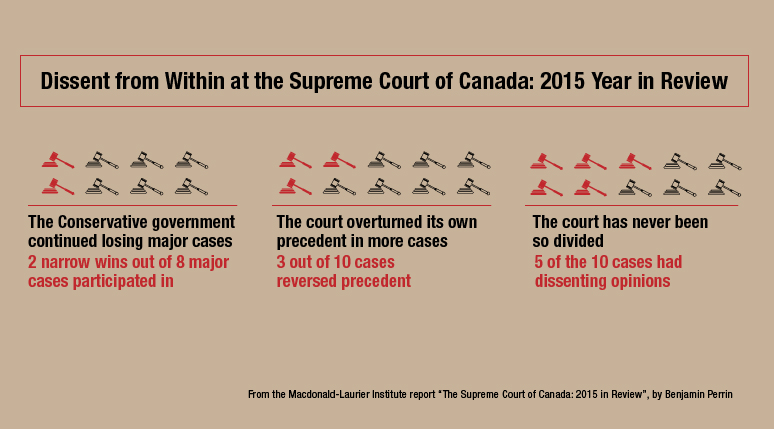
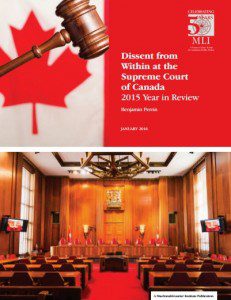



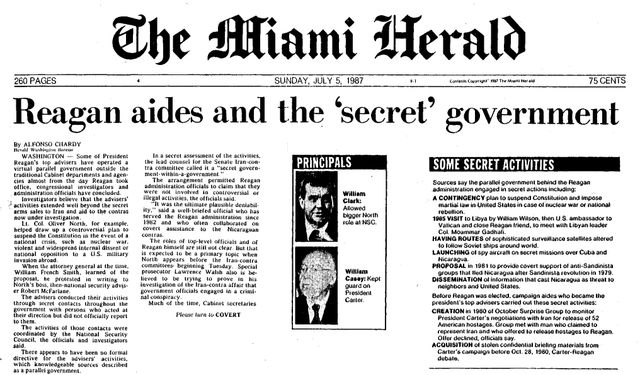



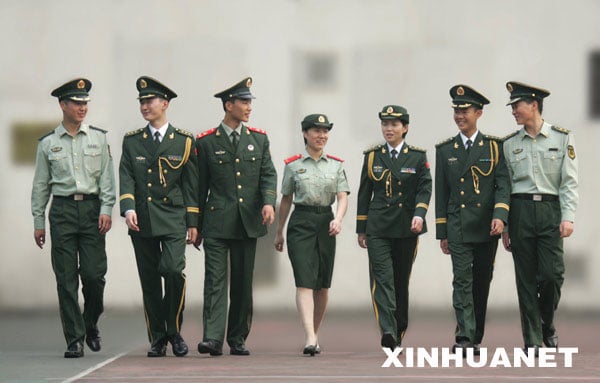
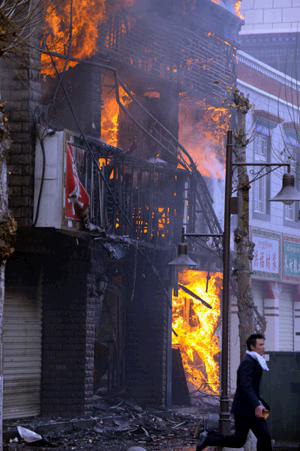


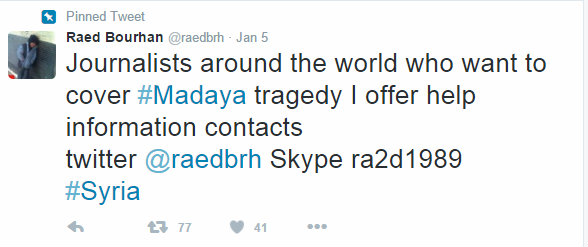


![Exxon's own research in the 1980s indicated that without major reductions in fossil fuel combustion, "[t]here are some potentially catastrophic events that must be considered." (Photo: Luc B / Flickr) Exxon's own research in the 1980s indicated that without major reductions in fossil fuel combustion, "[t]here are some potentially catastrophic events that must be considered." (Photo: Luc B / Flickr)](http://www.globalresearch.ca/wp-content/uploads/2016/01/exxon_.jpg)



